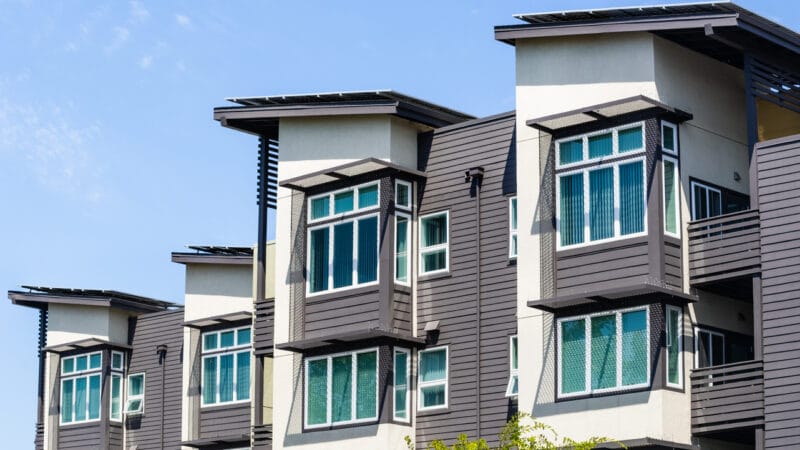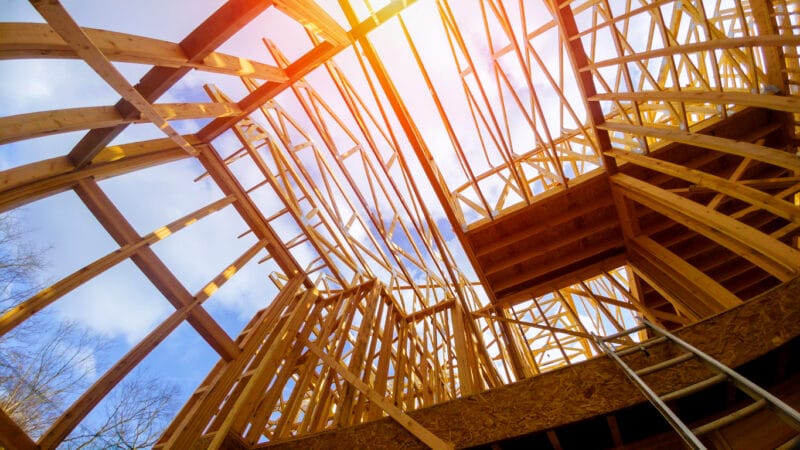In our June 2017 newsletter we published an article on the key points from the Court of Appeal’s landmark judgment in the “Stadium Southland” litigation.The decision was a win for councils, as it was found that a council did not owe a duty of care to “commissioning owners”, because they could not be said to have specifically relied on the council when it had engaged its own professionals to control the risk.
The Southland Indoor Leisure Centre Charitable Trust appealed the decision to the Supreme Court.In December 2017 the Supreme Court released its judgment, overturning the Court of Appeal in concluding that the council owed a duty to the Trust.The Supreme Court upheld the Court of Appeal’s finding that Trust had been contributorily negligent.
Facts
Between 1991 and 2000 Stadium Southland was built.Problems with the roof were quickly identified. An independent structural engineer reviewed the design and advised as to how to remedy the problem, as well recommending that further investigations take place.The Trust undertook the suggested remedial work but did not undertake the further investigations. The council, in granting a building consent for remedial work, included a condition that required a producer statement certifying that the work complied with the independent engineer’s design.The work was not completed to design, but this was not identified by the council who relied on the written confirmation of the Trust.The council did not, however, wait to receive the written confirmation before issuing a code compliance certificate.In 2010, Stadium Southland’s roof collapsed under the weight of snow following a heavy snow storm.
Supreme Court decision
The Supreme Court decision focused on the following two points of law:
- A. Duty of care:
- the Court confirmed that councils owe a duty of care to everybody, and there is no distinction between different types of owners. This is because, as established in Spencer on Byron, the council’s duty of care springs from its regulatory role under the Building Act. It is a different role to that of commissioning building work or undertaking construction. Although the agents of commissioning owners may be negligent, this does not absolve the council of liability.
- B. Contributory negligence:
- the majority upheld that the Trust was contributorily negligent.The Trust, having been concerned about safety and being advised to inspect the trusses and welds, should have made some enquiry into this matter.By failing to follow up or make inquiries after receiving expert recommendations the damages were reduced by 50% to reflect the Trust’s negligence.
Take home points
The key point to take away is that it is now absolutely clear that a local authority owes a duty of care to both current and future property owners, regardless of the nature of the premises or the owner’s role in respect of the building work.
The fact that the Trust was held contributorily negligent is also well worth noting, as the courts will not ignore a claimant who has knowledge of potential issues and does nothing.





